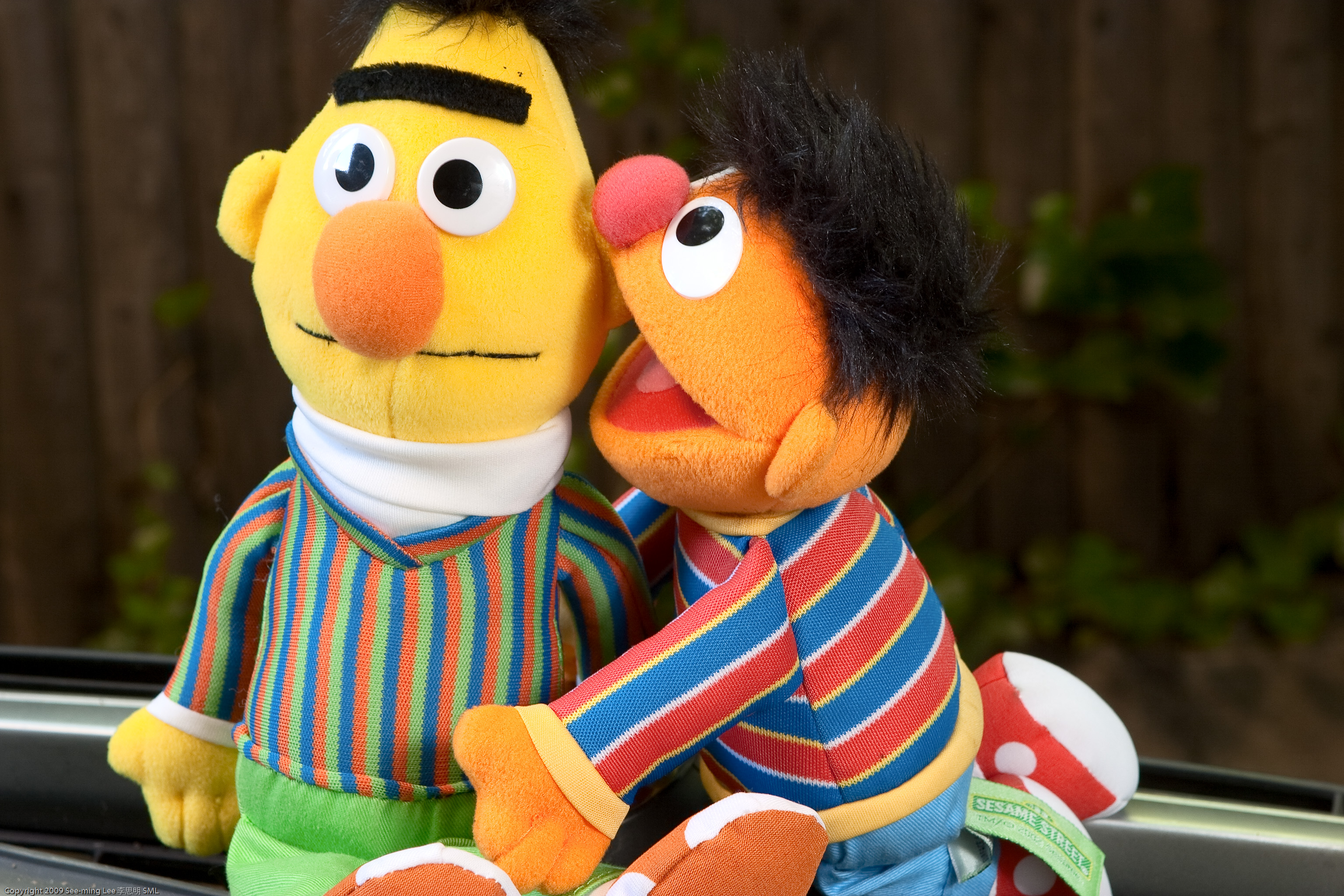Views expressed in opinion columns are the author’s own.
Last week, Queerty, a “gay-oriented” news and entertainment site, published an interview with former Sesame Street writer Mark Saltzman, who indicated that when he wrote Bert and Ernie, he considered them a gay couple. He goes on to say that he felt his own relationship with film editor Arnold Glassman, which lasted until Glassman’s death in 2003, was a major influence of the two characters and their relationship.
While those of us in the queer community were ecstatic over the confirmation that these two children’s characters are actually gay, Frank Oz, a longtime puppeteer, had something different to say. Oz tweeted that “It seems Mr. Mark Saltzman was asked if Bert & Ernie are gay. It’s fine that he feels they are. They’re not, of course. But why that question? Does it really matter? Why the need to define people as only gay? There’s much more to a human being than just straightness or gayness.”
Though that initial response was fairly insensitive, I would like to commend Oz for being open to others’ interpretations of Bert and Ernie, and for being so willing to have thoughtful conversations about the topic with Twitter users. However, by asking whether Bert and Ernie’s sexuality matters, Oz effectively approaches the discussion from a position of privilege. Of course it matters, but heterosexual people like Oz have trouble seeing that, because he never has any issue of representation when it comes to his sexual orientation.
When you’re heterosexual, you saw a character who looked like you in every television show, from the first time you watched TV. There is never a part of you that wonders whether you are normal for having a crush on someone of the opposite sex, because your normality has been affirmed your entire life through media, television, books, and other mediums. Maybe it doesn’t seem representation matters when there has never been a shortage of cis, straight, white characters on television, but it does.
On the other side, what about if you’re queer? The first time I ever saw an explicitly bisexual character on television was in Glee, when I was 15. Yes, there have been other bisexual characters, but they are far and few between, and it is rarely ever specified that they are bisexual — viewers are typically left to assume. Even then, when queerness is portrayed on television, it is often shown inaccurately, in a way that perpetuates stereotypes. Many queer characters are shown as hypersexual and in toxic, unhealthy relationships.
Bert and Ernie aren’t like that at all. They care for and support each other; they love each other, whether platonically or not. That representation, especially for young viewers, is crucial. Kids see loving, straight couples in the media all the time, so why shouldn’t they see that queer people can be in loving relationships too?
The arguments against Bert and Ernie being read as gay have been incoherent. Sesame Street responded to Saltzman’s interview saying that Bert and Ernie are “puppets, and have no sexual orientation.” But what about Kermit? Kermit is a puppet who has been in a heterosexual — and often very sexualized — on-and-off relationship with Miss Piggy since 1976. Kermit has made appearances on Sesame Street. If that puppet can be straight, why can’t Bert and Ernie be gay?
Ultimately, it’s fine if Frank Oz believes Bert and Ernie weren’t intended to be gay — but he should have taken a step back and recognized the importance of representation for marginalized people. Sexuality doesn’t have to be about sex. Bert and Ernie being gay doesn’t mean the show is about sex. It just means queer people can have loving, supportive, healthy relationships as well. It means fewer queer people will grow up with internalized homophobia, self-hate and depression. If Bert and Ernie could be a small step in helping an extremely marginalized community, why wouldn’t you let them?
Liyanga de Silva is a junior English major. She can be reached at liyanga.a.ds@gmail.com.



